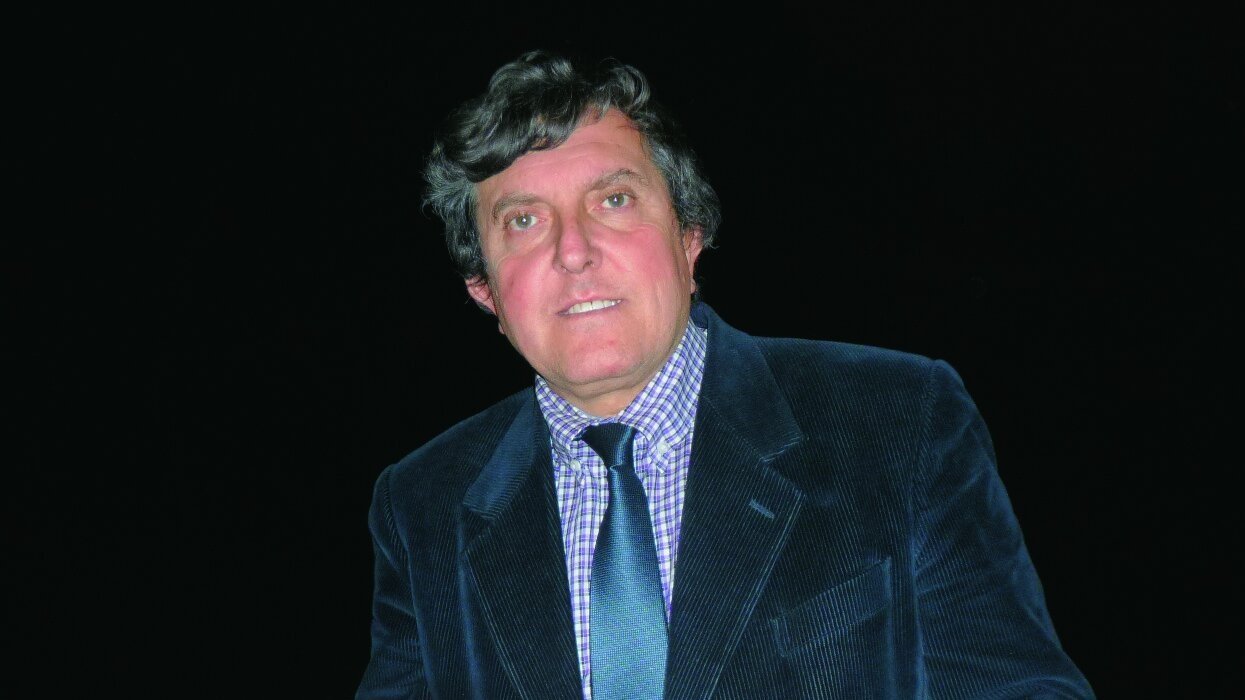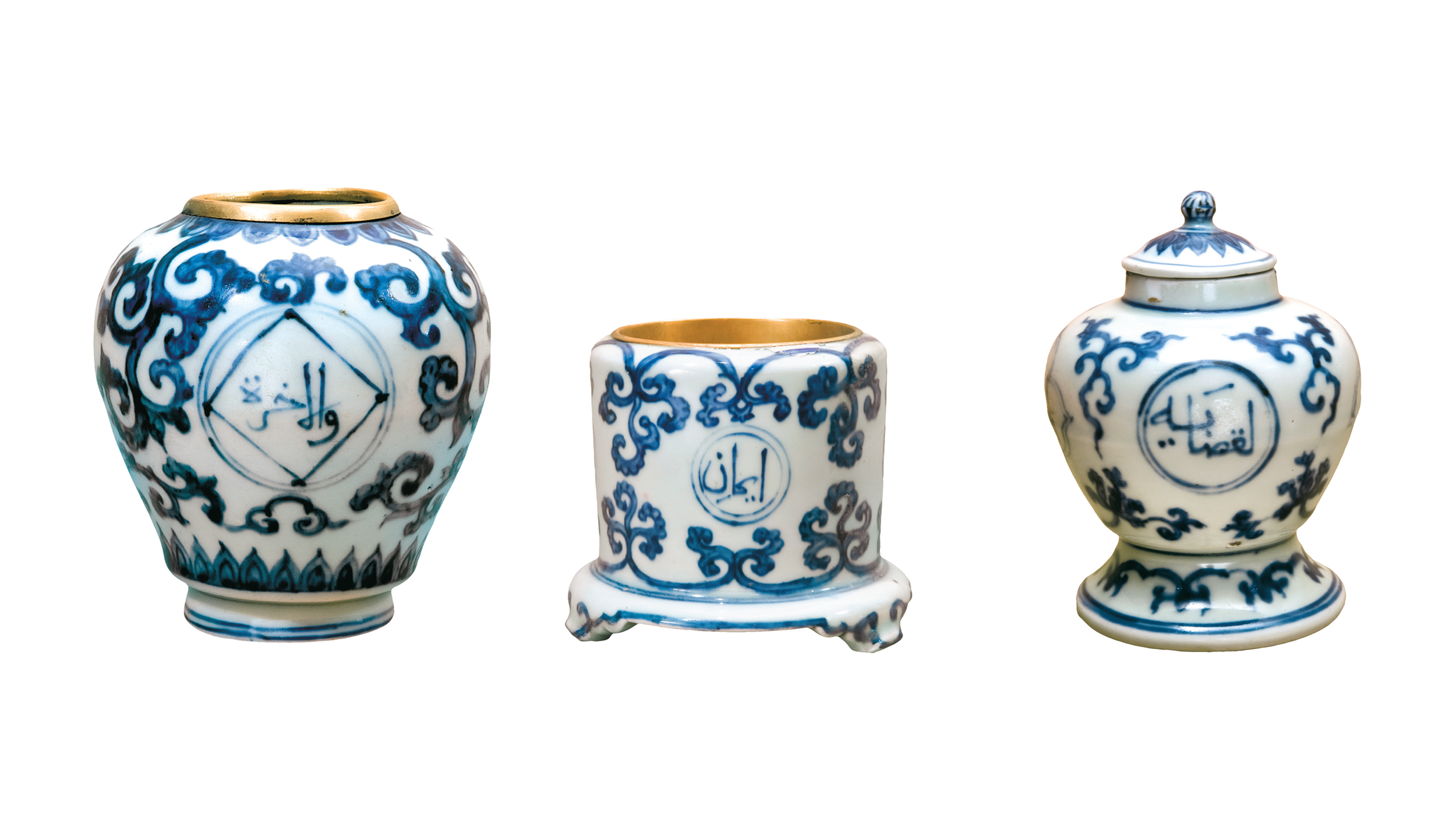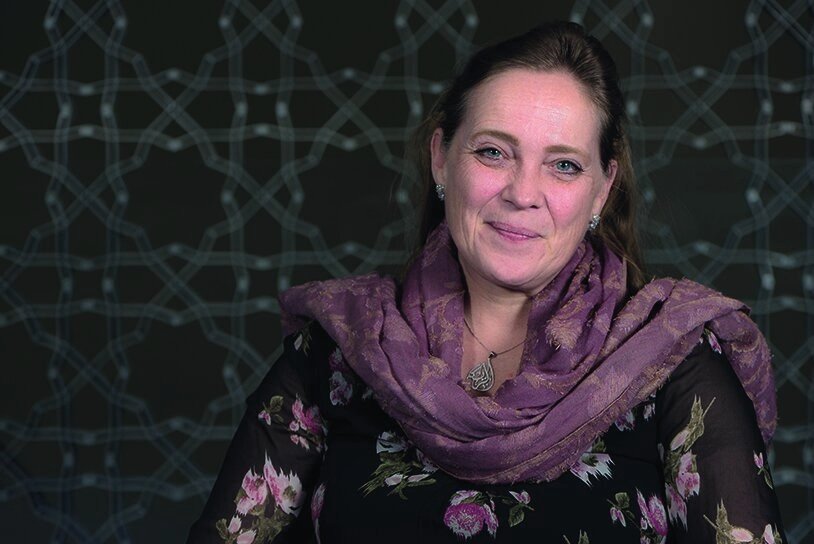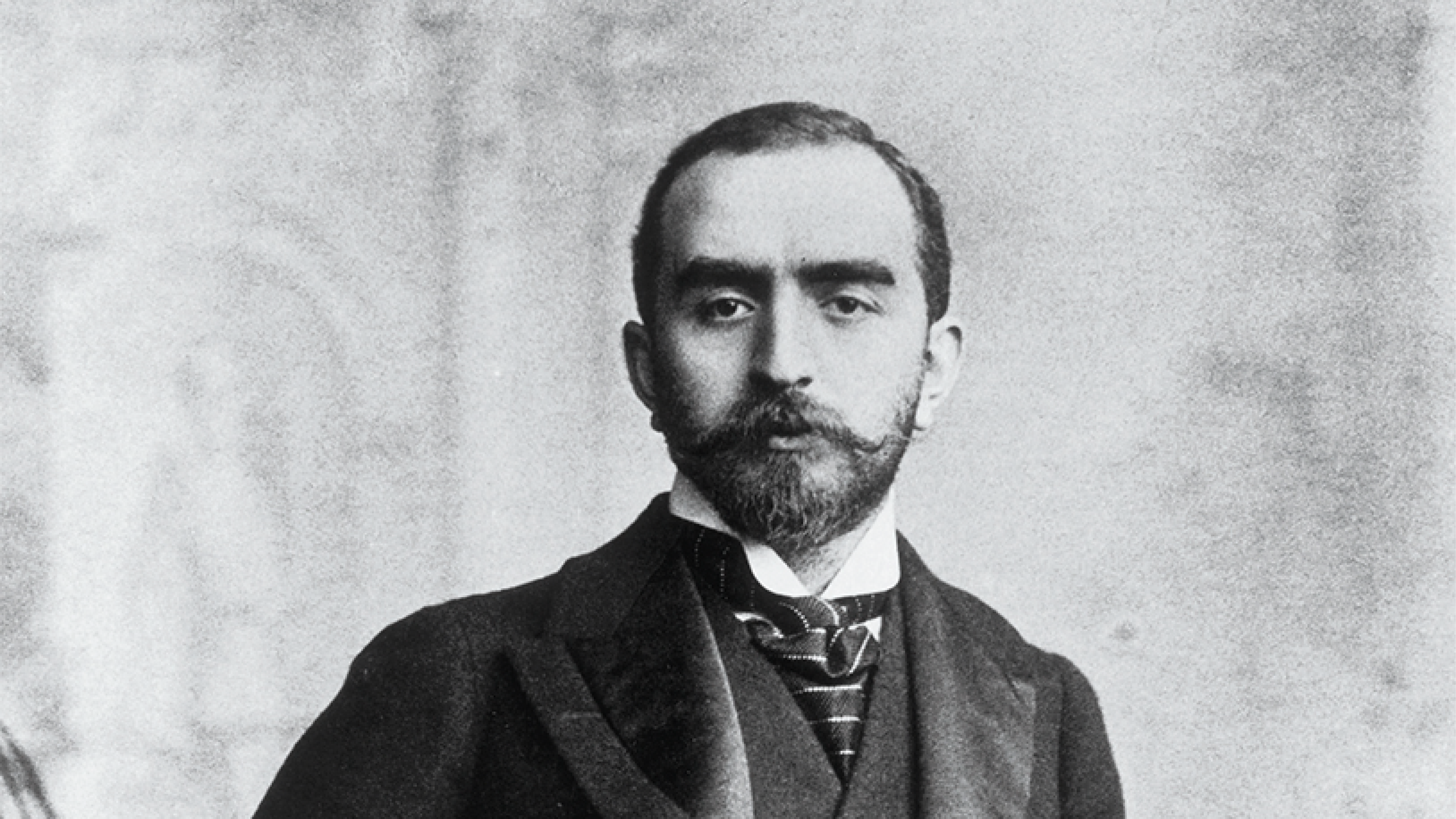Highlights

Evolution of a Museum: An Interview with Francesco di Gennaro
The Museo Nazionale d’Arte Orientale ‘Giuseppe Tucci’ (MNAO) in Rome was established in 1957 and opened to the public in 1958. With a focus on Asian art, its existence can be largely attributed to the work of the scholar and explorer Giuseppe Tucci (1894−1984).

Forging a Legacy: The Jambiya, Yemen’s Iconic Weapon
For many cultures and societies across the globe, arms and armour played an important role off the battlefield, particularly as markers of social status, military rank, courage, and wealth. In Yemen, this tradition continues to prevail with a dagger known as the jambiya or janbīyyah.

Fringe Benefit: The Margins of Islamic Art at Shangri La
The Islamic art collection housed at Shangri La in Honolulu, Hawai‘i is unique for a publicly accessible collection. Numbering more than 2,500 objects, it includes important works of art and represents a sustained commitment to collecting for nearly 60 years. However, no professionally trained curator or renowned art historian ever oversaw or even advised on the purchase of its pieces.

Bridging the Distance: Forging Connections with Islamic Art at the Walters Art Museum, Baltimore
In the new installation ‘Across Asia: Arts of Asia and the Islamic World’ at the Walters Art Museum in Baltimore, multimodal interpretation—from digital and analogue interactive elements to polyvocal didactics—serves to forge connections between the historical art on view and the 21st century museum visitor.

Muslim Blue, Chinese White: Islamic Calligraphy on Ming Blue-and-white Porcelain
Nearing the end of the second decade of the 21st century, the world is witnessing a global pivot toward Asia in international affairs. Meanwhile, China’s ambitious Belt and Road Initiative is predicated upon the global importance of mutually beneficial relations between China and its westward neighbours, a vast proportion of whom are Muslims. The success of the initiative, with its economic and political aspirations, depends on bringing together people of diverse cultures, evoking the history of ancient commercial overland and maritime trade networks, romantically imagined as the ‘Silk Roads’.

An Interview with Dr Ulrike Al-Khamis: Interim Director and CEO, Aga Khan Museum
Since the museum’s opening in 2014, we have worked consistently to foster a greater appreciation of the contributions that Muslim civilizations have made, and continue to make, to world heritage, as well as the intercultural dialogue and interconnectedness between them and other cultures.

‘An Oriental Collector’: Calouste Gulbenkian’s Taste for Arts of the Islamic World and China
Born in 1869 in Istanbul, the crossroads of Eurasia, Calouste Sarkis Gulbenkian always defined himself as an ‘oriental collec-tor’. His cultural view was expansive, extending beyond the Ottoman Empire of which he was a citizen to the east and west. By the time of his death in Lisbon in 1955, at age 86, this vision was reflected in a splendid art collection comprising some 6,000 objects originating from England to Japan, and dating from antiquity to the early 20th century.
